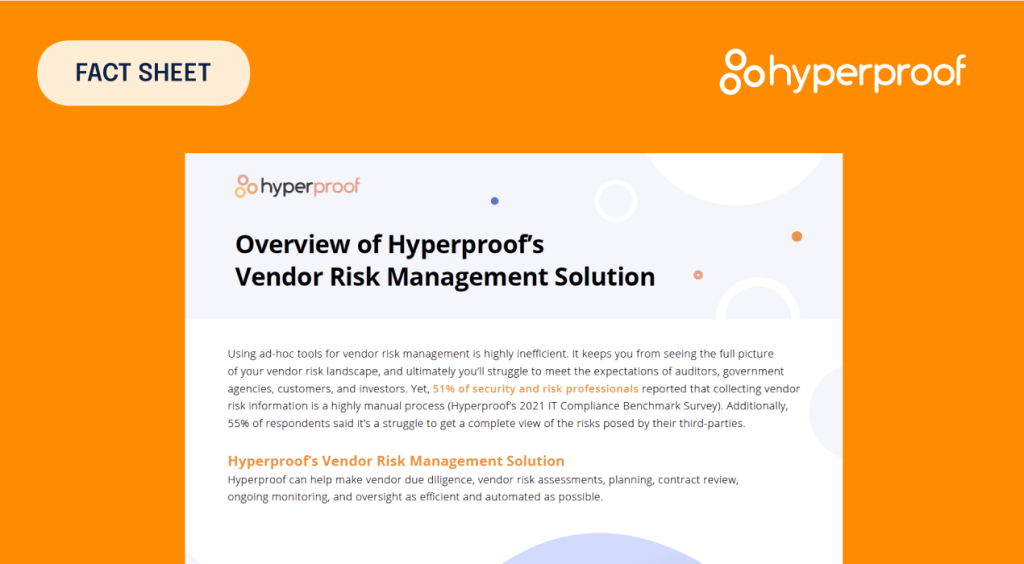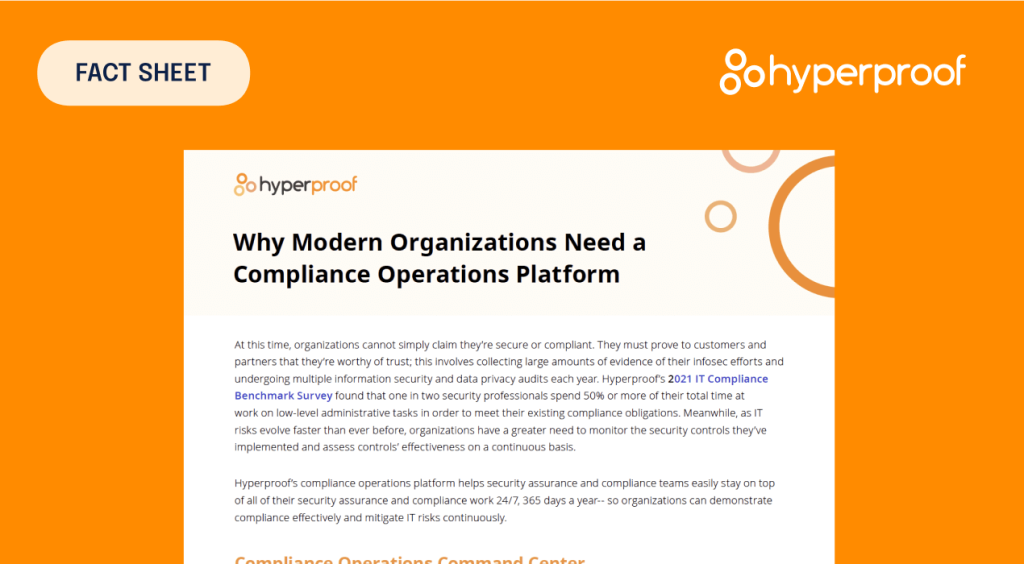Attention CISOs: The New EU PLD Product Liability Directive Is Effective Now – Compliance and Cybersecurity Readiness Required

The European Union’s updated Product Liability Directive (PLD) takes effect this month, with a transition period through December 9, 2026. This update substantially changes how product liability applies to digital products sold in the EU. For Chief Information Security Officers (CISOs), understanding this change is crucial. The new PLD extends liability to digital products, including software and AI systems. It emphasizes the need for strong cybersecurity measures and compliance strategies. The directive broadens the definition of defective products and introduces strict requirements for software updates and cybersecurity practices. CISOs and compliance officers must address these changes to mitigate legal risks and ensure compliance.
Introduction to the new PLD
The new EU Product Liability Directive (PLD) takes effect in December 2024, and will apply to all EU member states by December 9th, 2026. It represents a significant reform in European product liability, replacing the nearly 40-year-old framework.
The PLD broadens the definition of “product” to include standalone software and digital manufacturing files. This acknowledges the crucial role software plays in product safety and establishes a strict liability regime. Individuals can more easily claim compensation for damages caused by defective products, with no need to prove fault. For CISOs, understanding the scope and implications of this directive is vital, as it impacts how digital products are managed and secured.
The updated PLD reshapes digital product liability. The directive now includes software, AI, and interconnected devices. CISOs and their organizations must ensure their digital products comply with the new safety and cybersecurity requirements, including regulatory requirements. The directive emphasizes the need for robust cybersecurity measures. Failure to address vulnerabilities through timely software updates can lead to liability. This means organizations must implement effective risk management strategies and maintain rigorous cybersecurity controls. The directive allows easier claimant access to evidence and reverses the burden of proof in complex cases. For some jurisdictions like Germany, this might be a bit of a challenge as they’ve not historically had discovery procedures like we have in the United States.
Over the past decade, digital product liability claims in the EU have notably increased. This surge is largely driven by the rapid growth of connected devices and software integration in everyday products, which has introduced new vulnerabilities and potential for defects.
Consumers in the EU are increasingly aware of their rights, and are more likely to pursue claims when digital products don’t meet their safety expectations. The existing regulatory framework has struggled to keep pace with technological advancements, which has left gaps in consumer protection and clarity in liability attribution. By updating regulations, the EU claims they want to improve consumer protection and “promote innovation,” which seems ambitious.
Understanding the expanded scope of liability
The new EU PLD significantly expands liability by including digital products and software. This shift acknowledges the integral role that software plays in modern products. Under the new directive, digital manufacturing files and standalone software are considered products and have the same liability standards as physical goods. This holds manufacturers accountable for defects from software malfunctions or cybersecurity vulnerabilities. The directive also extends liability to interconnected digital services essential for a product’s operation. For CISOs, this expanded scope requires evaluating their organization’s digital offerings to ensure all software components meet the directive’s safety and security requirements.
The directive has profound implications for AI and IoT devices, as it subjects them to rigorous safety and defectiveness standards. This is significant given the dynamic nature of AI, which tends to evolve post-deployment. The directive ensures liability covers changes resulting from updates or interactions with other devices. For IoT devices operating within complex networks, the focus on cybersecurity is crucial, particularly considering the long history of IoT device vulnerabilities and exploits. Manufacturers and CISOs must ensure AI and IoT products sold in the EU comply with safety regulations and the PLD’s new requirements.
The rapid growth in AI and IoT markets underscores the directive’s relevance. The AI market has grown annually, primarily driven by advancements enhancing product functionality. Similarly, the IoT market is projected to reach over 30 billion connected devices by 2025. This proliferation introduces new complexities and potential vulnerabilities. The directive’s expanded scope is an attempt to address challenges posed by these technologies.
Key compliance requirements
Under the new EU PLD, cybersecurity and software update obligations are central to compliance. The directive addresses the need for manufacturers to maintain product safety through timely software updates. Failure to provide necessary updates can result in a product being deemed defective, which exposes manufacturers to liability claims. CISOs must implement robust cybersecurity controls and proactive update management system to ensure digital products remain secure and compliant with safety standards.
The directive also places significant emphasis on data protection and privacy. A comparative analysis of data protection measures under the PLD versus GDPR reveals areas of similarity and difference. Both frameworks emphasize safeguarding personal data, but from different perspectives. GDPR focuses on personal data privacy and individual rights, mandating strict consent protocols and data minimization. It requires organizations to implement comprehensive data protection measures to prevent breaches. The PLD, while not solely focused on data protection, impacts it by holding manufacturers accountable for product safety. Damage to personal data can be grounds for a liability claim under the directive. The similarity is the shared emphasis on robust security measures.
Impact on cybersecurity strategies
The new EU PLD necessitates changes in risk management and mitigation practices. CISOs must adopt proactive approaches to identify and mitigate risks associated with software defects and vulnerabilities. Implementing robust security measures like regular vulnerability assessments and continuous monitoring will be essential. Establishing a proactive update management system will help ensure products remain secure and compliant. The directive’s emphasis on timely software updates highlights the importance of agile processes. Integrating these strategies helps organizations ensure compliance and enhance their cybersecurity posture.
Implementing a layered security approach combining multiple defensive measures helps to reduce successful cyberattacks significantly. Regular security audits and vulnerability assessments help identify and address weaknesses proactively. Integrating advanced threat intelligence platforms provides real-time insights into emerging threats. Fostering a culture of security awareness through continuous training decreases incidents of human error. By implementing these strategies, CISOs enhance organizational resilience and align with regulatory expectations. This reduces liability risks and protects the organization’s reputation and assets.
Preparing for increased litigation risks
The new EU PLD introduces changes to the burden of proof. Specifically, the burden of proof now favors claimants, particularly with complex digital products like AI and IoT devices. The directive introduces presumptions of defectiveness and allows for causal links when proving them is excessively difficult. Manufacturers and CISOs must be prepared to provide evidence showing product safety and compliance. Implementing meticulous documentation practices and maintaining detailed records of control operation will be essential. The directive empowers courts to order disclosure of evidence, emphasizing the need for transparency. Understanding and adapting to these evidential requirements helps protect against liability claims.
The changes to the burden of proof under the directive have significant implications for product liability cases. Historically, the burden rested heavily on consumers to show defectiveness and causation. The revised directive eases this burden by allowing courts to infer defectiveness in complex cases, which may increase successful claims against manufacturers.
To prepare for increased litigation risks, organizations must adopt legal preparedness strategies. This involves proactively understanding and mitigating the potential liabilities associated with digital products. Companies should conduct thorough risk assessments to identify vulnerabilities that could lead to defects. It’s also quite likely that contracts with suppliers will need to be revised to allocate liability risks clearly.
Action plan for CISOs
To ensure compliance with the new EU PLD, CISOs should implement a strategic action plan:
- Begin by conducting a thorough internal audit of all digital products and software. Evaluate the entire product lifecycle for vulnerabilities.
- Implement robust security measures like secure coding practices and regular updates.
- Establish a cross-functional compliance team to oversee necessary changes. Maintain detailed documentation of safety controls and compliance efforts.
- Integrate a comprehensive incident response plan outlining procedures for breaches.
- Revise contracts with vendors to delineate liability and compliance responsibilities.
- Invest in automation tools for continuous, immutable compliance monitoring.
By taking these proactive steps, CISOs can help to ensure compliance and enhance organizational resilience. This protects both the company and consumers.
See Hyperproof in Action
Related Resources
Ready to see
Hyperproof in action?












